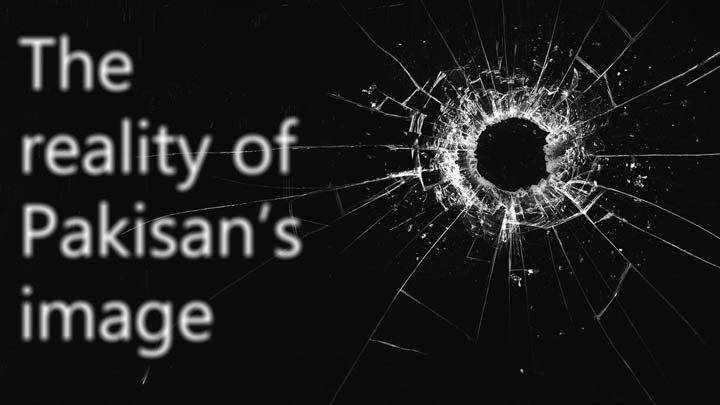

Can an image be manufactured? Or is it an organic by-product of reality? These are the questions our writers ponder this week in light of our national obsession with ‘Pakistan’s image’, a preoccupation that has led to a great deal of hand-wringing over the country’s perception in the outside world.
With a Newsweek cover screaming ‘The Most Dangerous Country in the world’ and CNN and BBC persistently beaming images of pothole-ridden roads overrun by donkey carts, upwardly mobile Pakistanis seem to feel personally slighted by this skewed picture of their country.
How is it that India has been able to brand itself as ‘shining’ despite all its poverty and privation, they agonise, while we still languish in the world’s imagination as the manufacturer of bombs and international terrorists?
Read also: The reality of Pakistan’s image
Since journalists and human rights defenders are duty-bound to present the bare-faced truth, on whose shoulders does this tricky task of ‘image-building’ fall? And is it even a desirable and practicable endeavour?
There is, of course, media which is trained to treat death as its top story. With so much violence going on in the name of terrorism, is it even justified to expect it to file positive stories? And yet, this too is true that it has stopped looking around for normalcy and goodness that doesn’t make good copy or offer sensational visual.
The image branding appears to be a recent fad but the kind of violence and extremism Pakistan has experienced has not come out of the blue. It is a reality it brought upon itself through decades-long skewed state policies.
The jury is still out on whether an image can be manufactured for a country or not. Our Special Report today looks at the reality of Pakistan’s image.